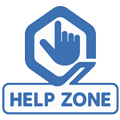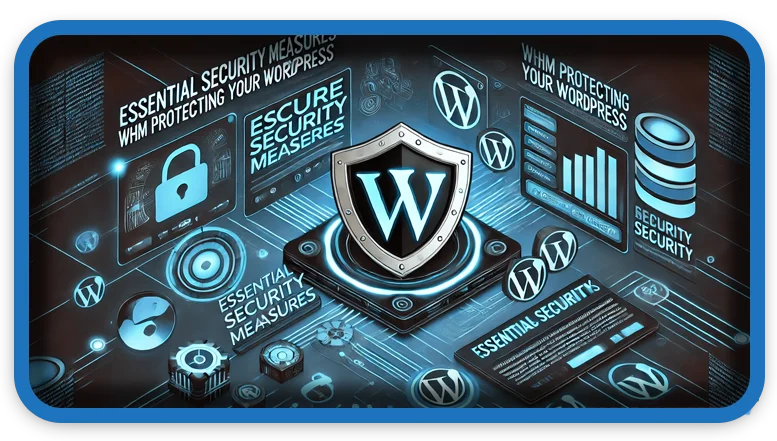⏲️ Estimated reading time: 3 min
WordPress is one of the most popular content management systems (CMS) in the world, powering millions of websites. However, its popularity also makes it a prime target for hackers. Implementing robust security measures is crucial, protecting your website from potential threats. In this article, we will explore essential security measures that can enhance your WordPress website’s protection.
Security Status WHM
Protecting your WordPress website from cyber threats is crucial. In this guide, we outline key security measures, from restricting access to sensitive files to disabling unnecessary features, ensuring your site remains safe and secure.
1. Restrict Access to Files and Directories
Restricting access to critical files and directories is one of the first steps in securing your WordPress site. This prevents unauthorized access to sensitive areas that hackers might exploit.
2. Block Access to xmlrpc.php
The xmlrpc.php file is commonly targeted for brute-force attacks and DDoS amplification. Blocking access to this file can significantly enhance your website’s security. Fortunately, this change can be reverted if necessary.
3. Forbid Execution of PHP Scripts in Certain Directories
Hackers often inject malicious PHP scripts into your website’s directories. To prevent this, you can forbid the execution of PHP scripts in the following directories:
wp-includeswp-content/uploads- Cache directories
Blocking PHP execution in these directories can prevent the execution of harmful scripts while ensuring your website remains operational.
4. Disable Scripts Concatenation for the Admin Panel
WordPress uses script concatenation to improve admin panel performance. However, this can sometimes introduce vulnerabilities. Disabling script concatenation helps reduce risks, especially when troubleshooting admin-related issues.

5. Turn Off Pingbacks
WordPress pingbacks can be exploited for DDoS attacks. Turning them off is a simple yet effective way to mitigate such threats. You can disable pingbacks from your WordPress settings or by using security plugins.
6. Disable File Editing in the (Protecting WordPress) Dashboard
WordPress allows administrators to edit theme and plugin files from the dashboard. While convenient, this feature can be exploited by attackers if they gain access. Disabling file editing ensures that hackers cannot modify critical files even if they break into your admin panel.
7. Enable Bot Protection
Bots constantly crawl websites, looking for vulnerabilities. Enabling bot protection helps prevent malicious bots from accessing and attacking your site. Many security plugins, such as Wordfence and Sucuri, offer built-in bot protection features.
8. Block Access to Sensitive Files
Some WordPress files contain critical information that should not be accessible to the public. Blocking access to files like .htaccess, .htpasswd, and wp-config.php helps protect your site from unauthorized access.
9. Block Directory Browsing
By default, some servers allow users to browse directories that do not contain an index file. This can expose sensitive files to hackers. Disabling directory browsing prevents unauthorized users from seeing your website’s file structure.
10. Change the Default Database Table Prefix
WordPress uses the prefix wp_ for its database tables by default. Changing this prefix to a custom value helps protect your database from SQL injection attacks.
11. Change the Default Administrator Username
Many WordPress sites use “admin” as the default username. Hackers target this username in brute-force attacks. Changing it to a unique username reduces the likelihood of unauthorized access.
Final Thoughts
Securing your WordPress website is a continuous process. Implementing these security measures significantly reduces your risk of falling victim to cyberattacks. Additionally, always keep your WordPress core, themes, and plugins updated to stay ahead of security vulnerabilities. If you are unsure how to implement these security measures, consider using a reliable WordPress security plugin or consulting a professional.
Only logged-in users can submit reports.
Discover more from HelpZone
Subscribe to get the latest posts sent to your email.

